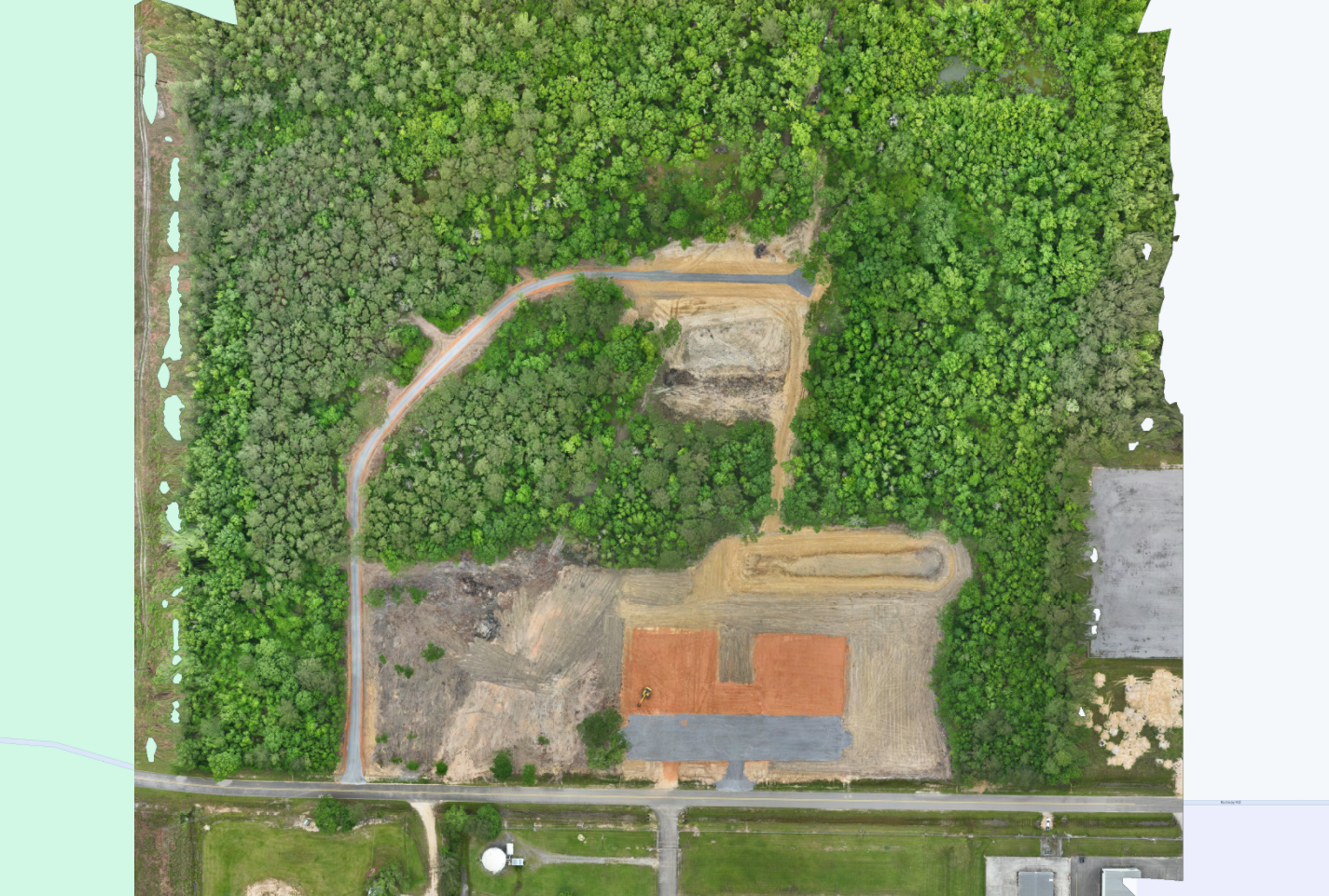Stennis has new emergency command center
Published 11:20 pm Wednesday, June 3, 2009
John C. Stennis Space Center is more prepared than ever for the next big hurricane, or any other situation that would require emergency response.
A ribbon cutting ceremony held Tuesday, which was attended by Gov. Haley Barbour, officially unveiled Stennis’ new Emergency Operations Center. The 78,688 square-foot building now houses the center’s medical clinic, fire department, security services, emergency management and incident command post, according to a Stennis press release.
Not only will the building house those facilities but also it will act as a point of operations should another storm with the power of Hurricane Katrina make landfall in Mississippi.
“It’s not a matter of if another hurricane hits, it’s a matter of when,” said Steven Cooper, deputy director of the Southern Region National Weather Service.
Design of the building ramped up after Katrina made landfall in August of 2005, said Stennis Director Arthur Goldman. The lessons learned from that historic storm were applied to the upgrades made in the building’s design, such as technological and communications upgrades. Those upgrades will help the center respond to future emergencies.
Having all of those emergency offices in one building also will help with the location of emergency personnel should they be needed, Goldman said. Stennis now has one of nine federal buildings that is designated as StormReady, Cooper said. That designation is applied to sites that show preparation for severe weather, the release states.
Cooper said the National Weather Service will be able to notify the new EOC of any severe local weather within 24 hours, enabling the center to into action weather plans and exercises as needed.
After Katrina, Stennis went back to testing engines within six weeks, said NASA Associate Deputy Administrator Charles Scales. Testing of those engines can not be interrupted any longer than necessary so having this building will make Stennis more resilient to future storms and reduce testing down time.
Communication technology, which includes an underground communication system, in the new building will enable the center to communicate as far as Jackson if southern communications are down, Scales said. In the event an emergency situation does occur, the center is capable of expanding office space and also can double as a rest area for emergency personnel passing through. A heliport will allow helicopter access and while back up systems will maintain power and Internet services, the release states.
Barbour said he appreciates the can-do attitude of Mississippi residents. He said the new Stennis facility will be needed in the future, but hopefully not for another storm like Katrina.
“I remember when we thought Camille was the gold standard for hurricanes,” Barbour said.





